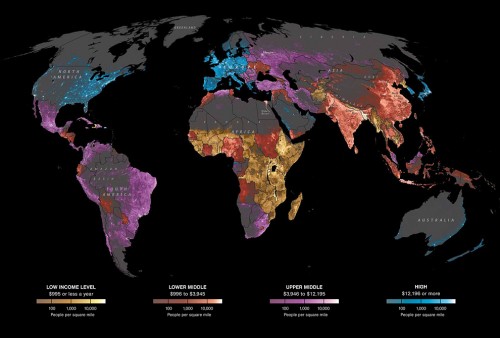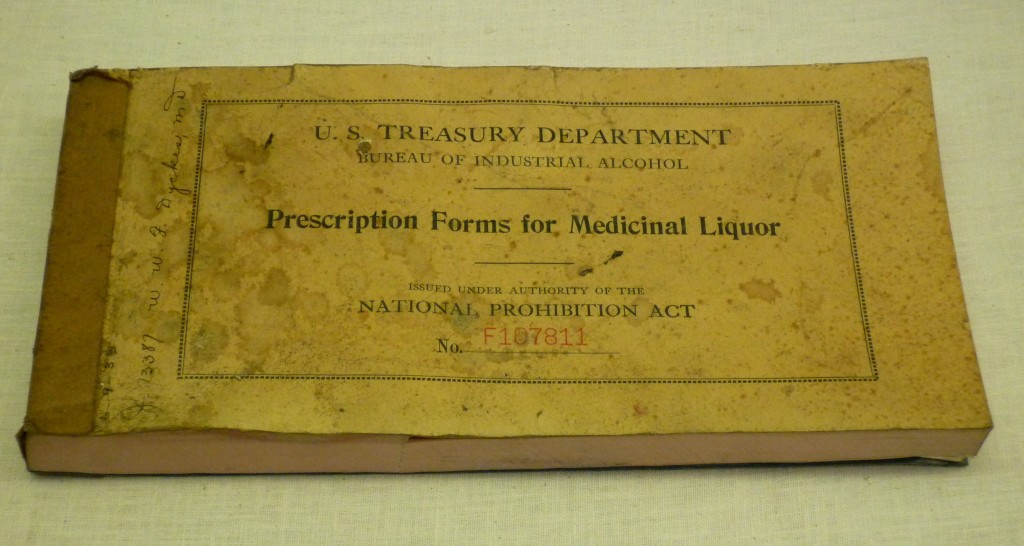An anonymous reader snapped a photo of this ad for Freelancers Insurance Company in the NYC subway. The ad reads: “Maybe joining a group to buy insurance is communal. Maybe it’s rational self-interest. Either way, it’s cheaper.” With the phrase “either way,” the ad draws on a common juxtaposition: the idea that putting the group first is equivalent to sacrificing your own interests.
Certainly in some cases it’s true that privileging the collective hurts the individual, but this certainly isn’t always true. Yet Americans consistently receive the message that it is rational (i.e., maximizes our personal well-being) to put ourselves first. A University of Minnesota campaign to encourage students to get the flu shot — “Do it for the herd”— is a nice counter-example. In some other societies the idea that one should sacrifice the self for others, and even the idea that doing for others is good for you, is a more common cultural theme.
Lisa Wade, PhD is an Associate Professor at Tulane University. She is the author of American Hookup, a book about college sexual culture; a textbook about gender; and a forthcoming introductory text: Terrible Magnificent Sociology. You can follow her on Twitter and Instagram.



















